At its core, fly fishing was born out of matching hatches and targeting rising trout. Anglers hone in on the hatch cycles of midges, caddis, mayflies, and stoneflies and closely mimic the stages of their lives with recreations bound on a hook. It requires a certain level of detail and skill with the rod and vice. On the water, it necessitates patience, careful observance, and a keen eye. It also helps to be a good caster. These days, so much of the aura of the industry is centered around catching the largest fish possible and that entails throwing meat. Large articulated streamers, mouse patterns, or tight lining jig flies all are very productive but lack the intimacy of dry fly fishing. The aforementioned techniques are also far easier than fishing dries, especially on highly pressured waterways like the Upper Delaware. Over the years, I have yearned for time on the water during the hatches of Spring. Living in Delaware doesn't afford many opportunities for high level dry fly action and being relegated to the weekend isn't great for timing emergences and good conditions. A positive byproduct of Covid-19 was the ability to work remotely. This led me home and to a river with an under appreciated hatch scene. I found myself with the ability to leave work and head to the river every afternoon. I got in touch with the pulse of the river and experienced the progression of hatches, the response of the river's trout, and found the intimate side of the sport that I sought for so long. I lived the river, and in turn, discovered a few of her secrets.
Below is the trout above feeding on the edge of a rock. The wind and current pushed the bugs tight to the bank. Any structure in the river provides a canopy for wild browns to hide in and feed with relative security during heavy hatches. She rises multiple times in the video below.
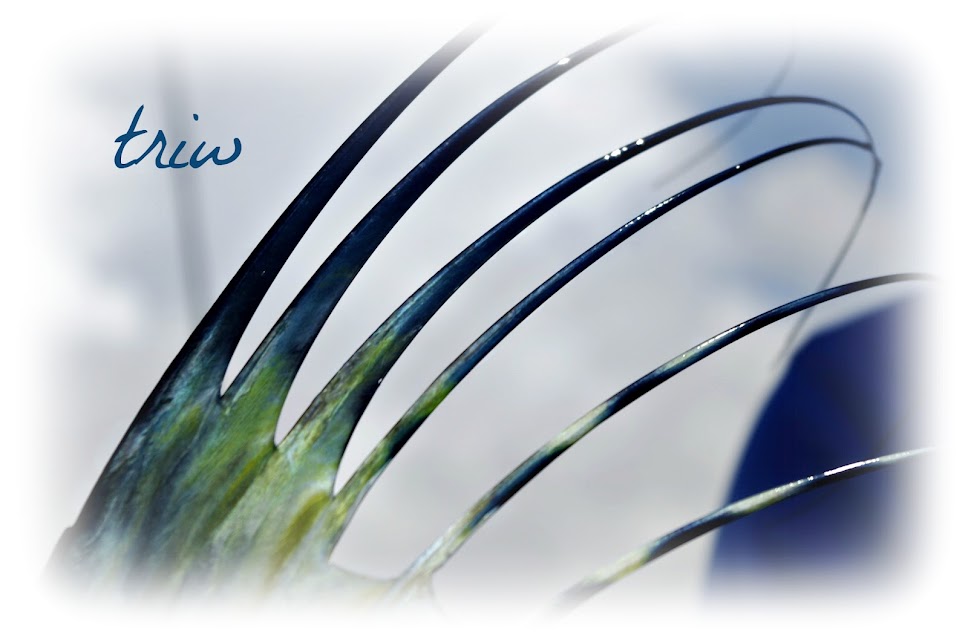




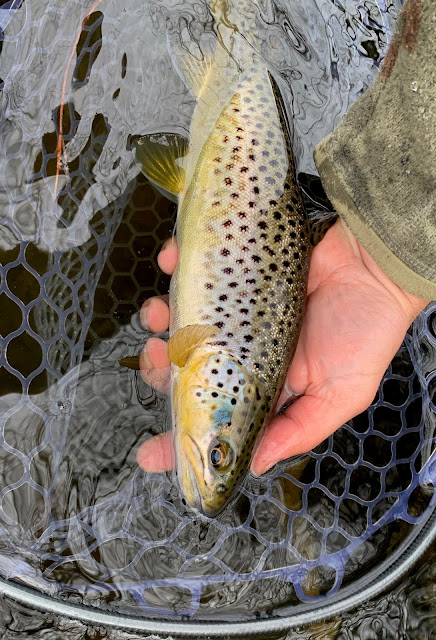



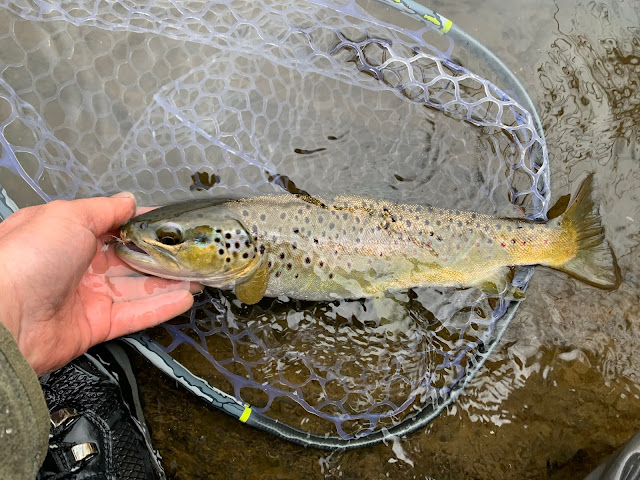
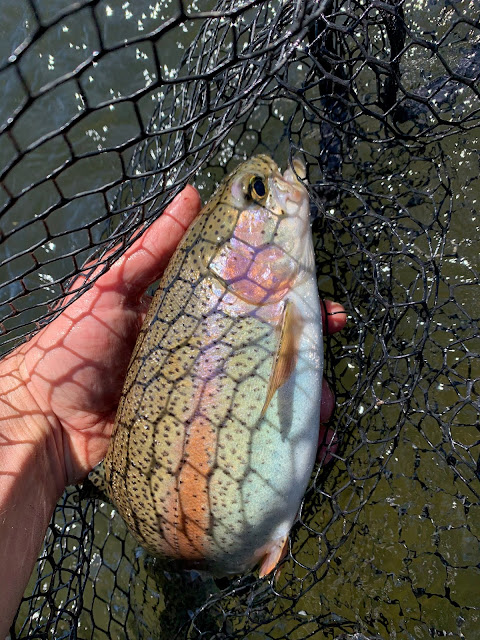
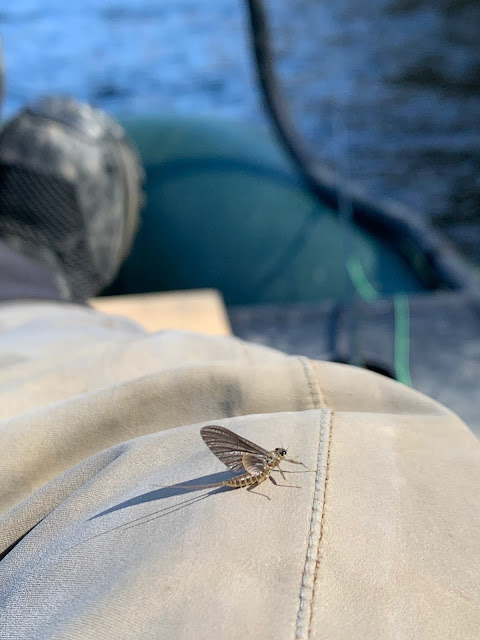


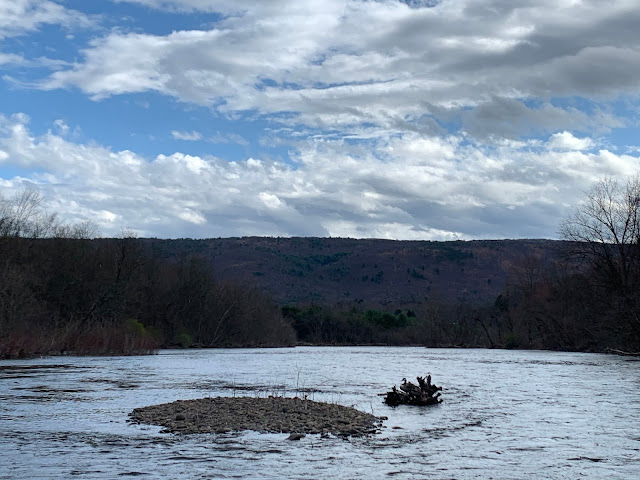
















No comments:
Post a Comment